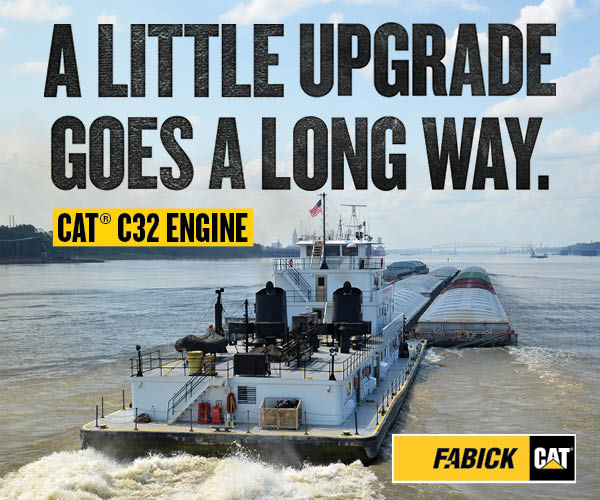Change Must Take Place In Lock And Dam Construction
On the stage of the Inland Marine Expo, Tracy Zea, president and CEO of Waterways Council Inc. (WCI), called Kentucky Lock the worst, most embarrassing project the Corps of Engineers has ever built. At present, the Corps reportedly estimates that Kentucky will be completed in 2035, Zea said, more than three-and-a-half decades from the day it received its first dollar in 1999.
Repeated delays, extensions and timeline shifts have ballooned costs from an initial estimate of $533 million in 2003 (with a projected completion date of 2010) to just under $2 billion and a 36-year timeline. Zea said WCI doesn’t even start the “project clock” from the authorization date, since it could be years between a project’s authorization and its first funding. Those delays are on Congress, not the Corps.
But even after all allowances are made for Congress’ part in these delays and cost overruns, Zea was scathing about the failures. He told the audience of businesspeople, “If you ran your businesses the way these projects are being run, you would all go bankrupt and be out of a job.” His listeners included marine industry contractors, towboat operators and dredging employees—all of whom regularly do business with the Corps and depend on its contracts.
Zea said he’s not interested in assigning blame. Instead, he wants to see action.
“We can’t keep taking 36 years to build a single lock and dam,” he said. “Something has to change.”
Zea said the maritime industry, which depends on reliable and efficient waterway infrastructure, would argue that it would be irresponsible not to identify ways to improve project delivery dates and cost overruns, even if that means fundamental changes to how the Corps of Engineers manages construction projects.
Not all Corps projects take as long or cost as much over initial estimates as Kentucky Lock. Zea pointed out that the Corps recently changed its policies so that no construction can begin on a project until the design work is 100 percent complete. (The lack of completed design work on Kentucky Lock is a contributing factor to the cost overruns.) That’s progress, even if it should have taken place sooner. Zea sardonically counted one Corps project that will cost “only” 80 percent over initial estimates as a “win,” given the way many other Corps projects unfold.
In his first term, President Donald Trump reportedly considered changing or reassigning some of the Corps’ missions to other agencies. We don’t know if that’s the answer, but Zea is right that there must be a fundamental change in how waterways infrastructure is designed, built and maintained. If that means new laws or executive action, then so be it.



